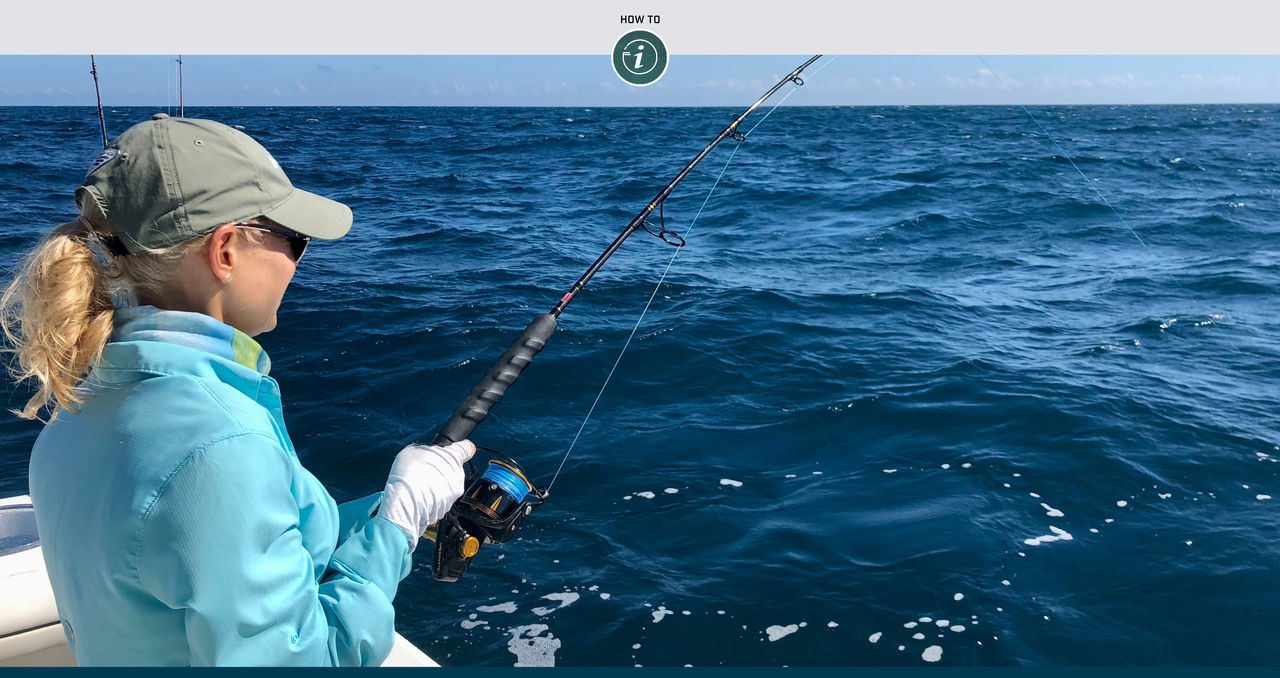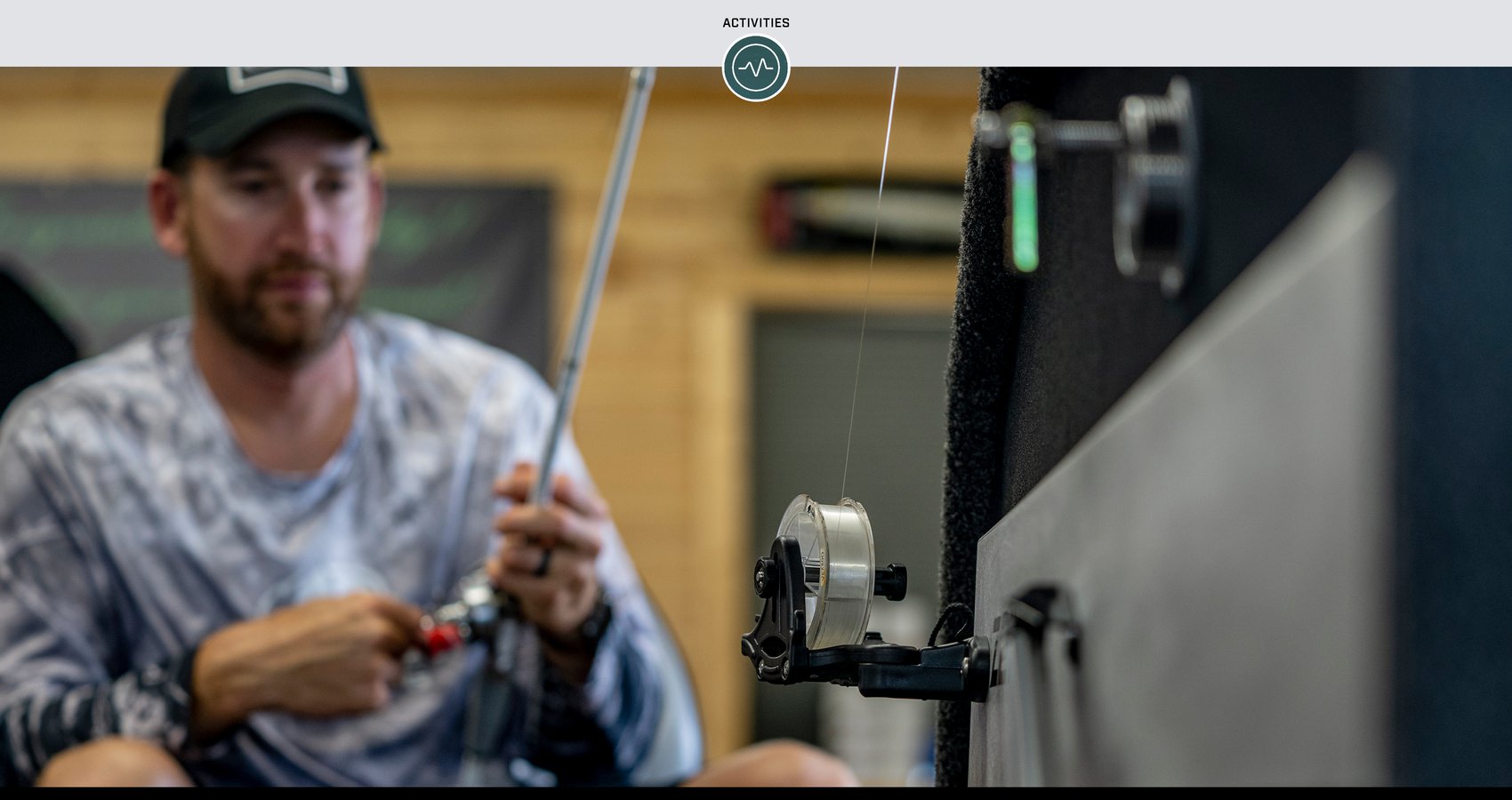If you’ve been fishing for at least a few years, you might think that the easiest way to test your drag settings is to simply pull the line out of your spinning reel with your hand and gauge it by feel. However, there are flaws in this “pull test” method. For instance, are you really going to be able to feel the difference between 4 1/2 and 5 pounds of drag? Sometimes it’s the slightest amount of extra pressure that can mean the difference between a trophy fish in the net or watching that trophy swim off with your hook or lure.
The Most Precise Way to Set Your Spinning Reel’s Drag
Sometimesit pays to go beyond the pull test method to successfully land more fish

How the Rod and Line Factor In
The other issue with the pull test method is that it doesn’t account for the rod action and line type you’re using. A heavier rod will apply added pressure when fighting a fish, so your drag may need to be set differently than if you were using a lighter, more flexible rod. Similarly, monofilament line will always give you some additional stretch, but braided line will not. This means that the drag can be set a little tighter when using monofilament, but it should be set looser when fishing with braided lines that do not stretch.

Where Should Your Drag Be Set?
The general rule is to set your spinning reel’s drag at 20% to 30% of the breaking strength of your line. However, you need to keep in mind the rod action and line type, and always err on the side of your drag being a little looser rather than tighter. If a fish takes your lure or bait and then makes a sudden hard surge toward structure, you’re likely to break the fish off if the drag is set too tight. If it’s set too loose, at least you’ll have a shot at landing the fish – plus, you can always tighten the drag knob during the fight.

How to Set the Drag Using a Scale
Get a spring scale and tie your line to the scale coming straight out of the reel. Set your drag and pull on the spring scale to measure the force required to engage the drag. If the scale is showing a weight in the 20% to 30% range of the line’s breaking strength, you’re close to done. To make it simple, if you have your reel spooled with 20-pound-test braid, you’ll want to have 4 pounds of drag pressure. If that feels too low, you can always tighten your drag down a bit. If it’s high, loosen your drag and test it again.
Once you set the drag correctly with the scale, you’ll start to get a feel for how much pressure it takes to engage the drag when you pull on the line with your hand. This’ll help you fine tune the settings and give you the confidence to adjust the drag properly even if you don’t have your scale.



